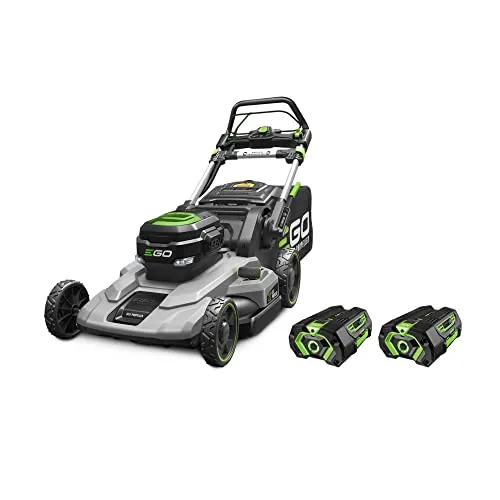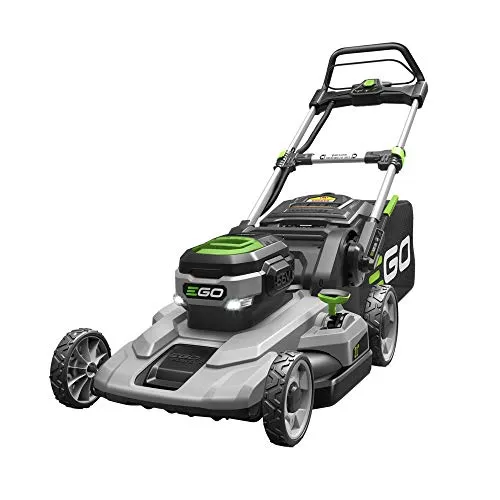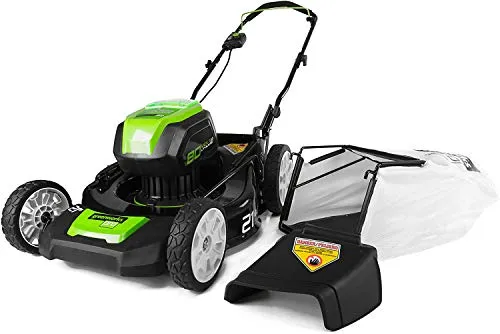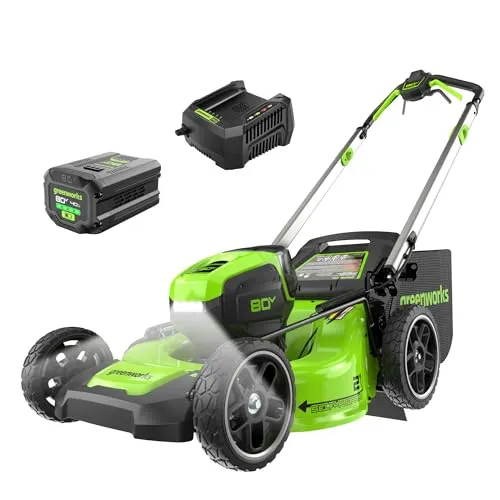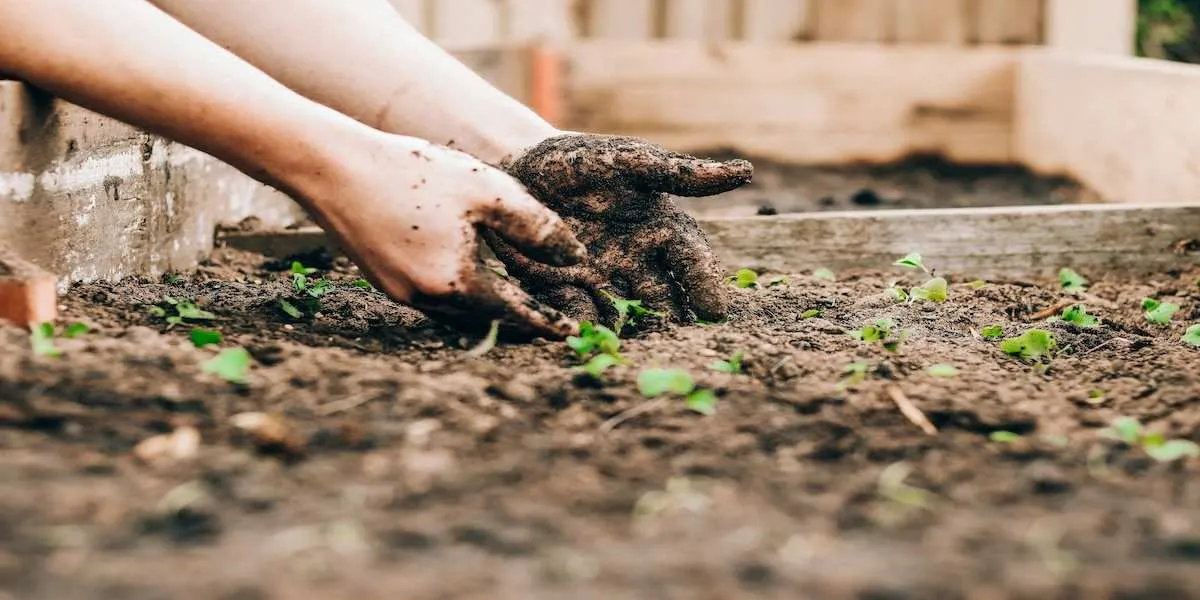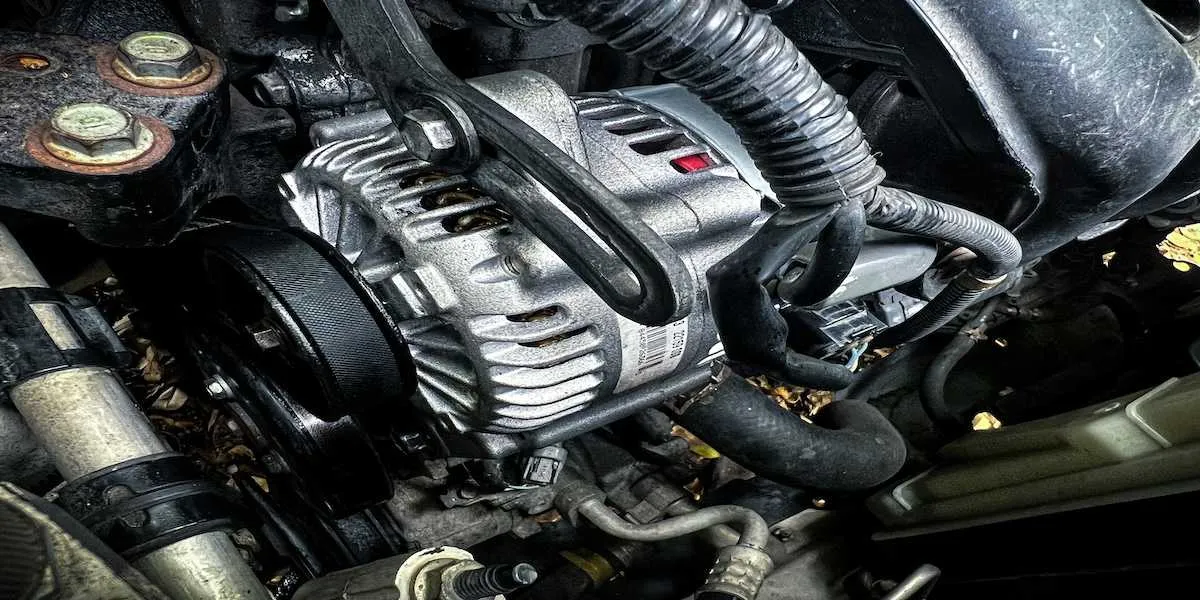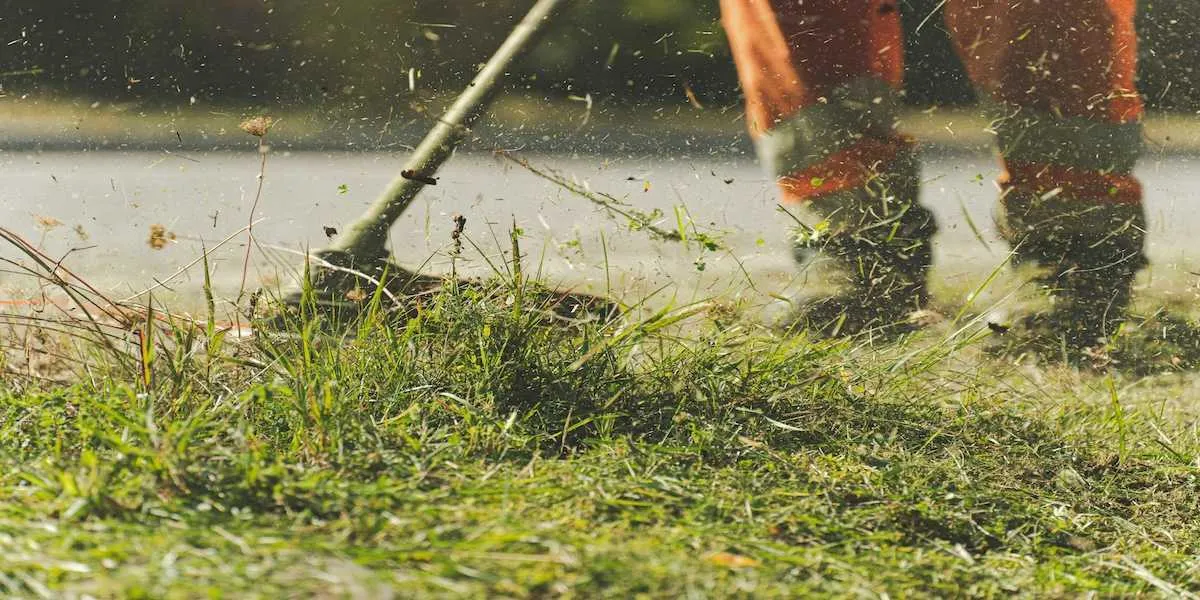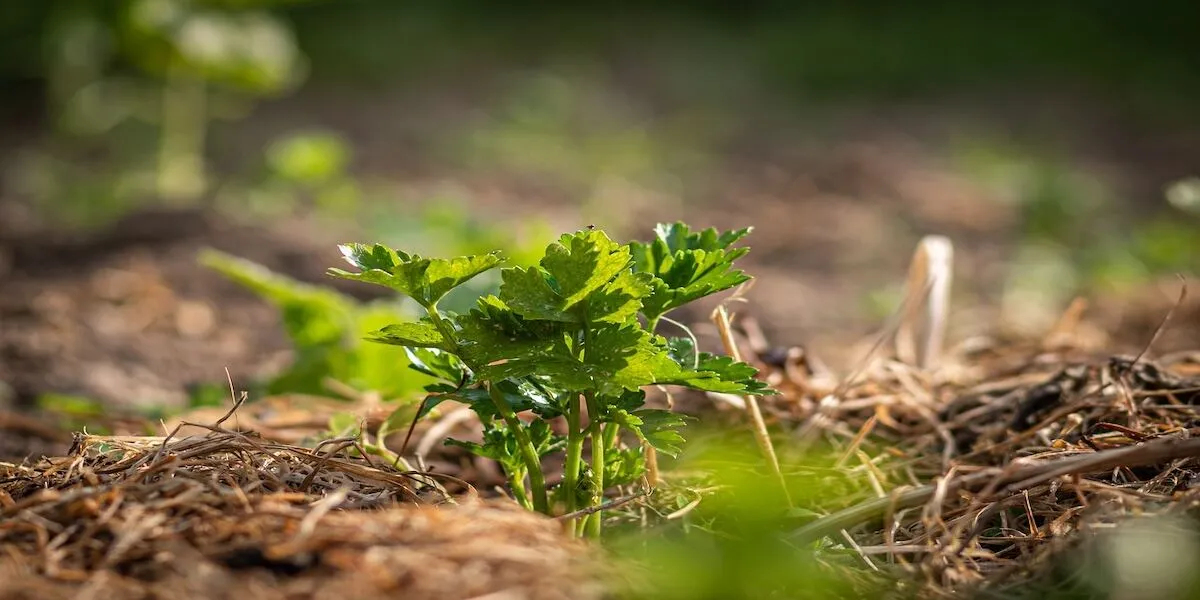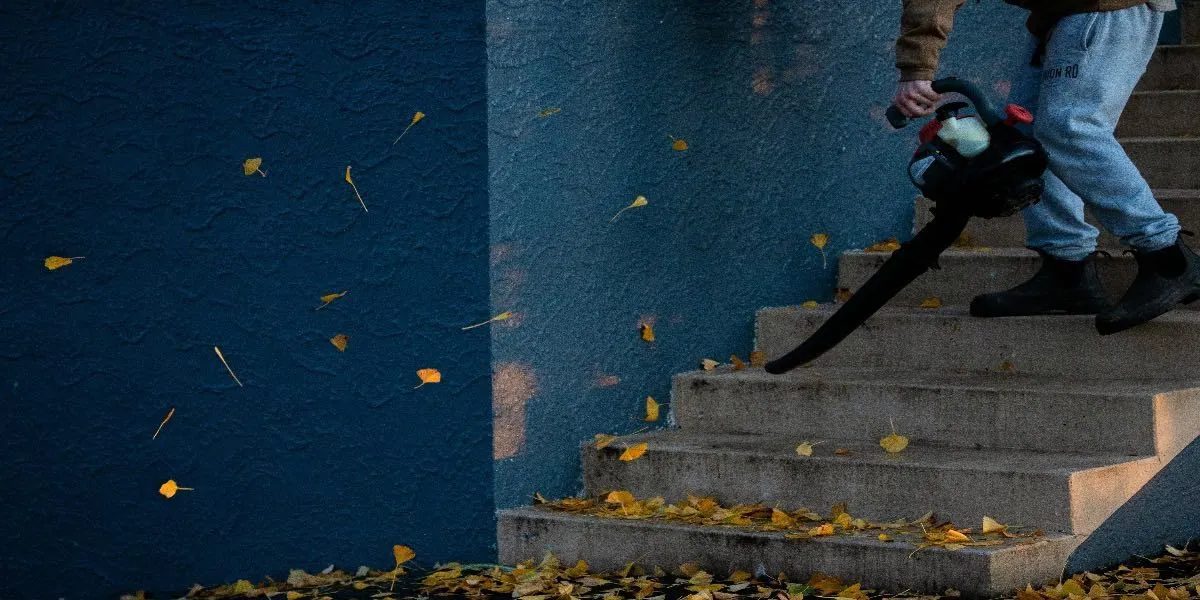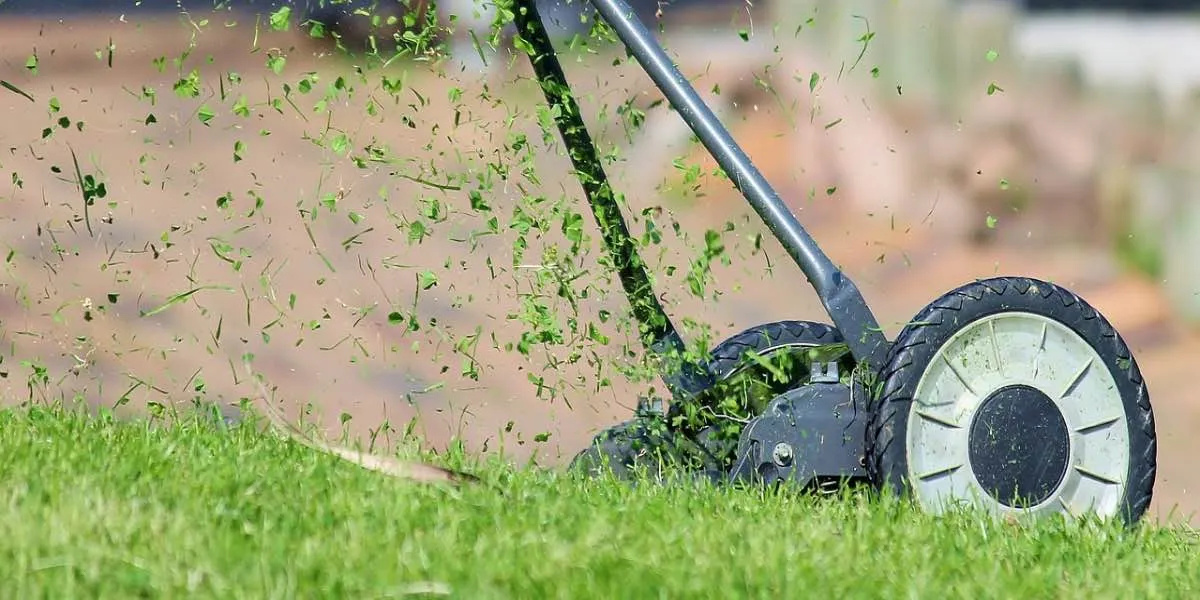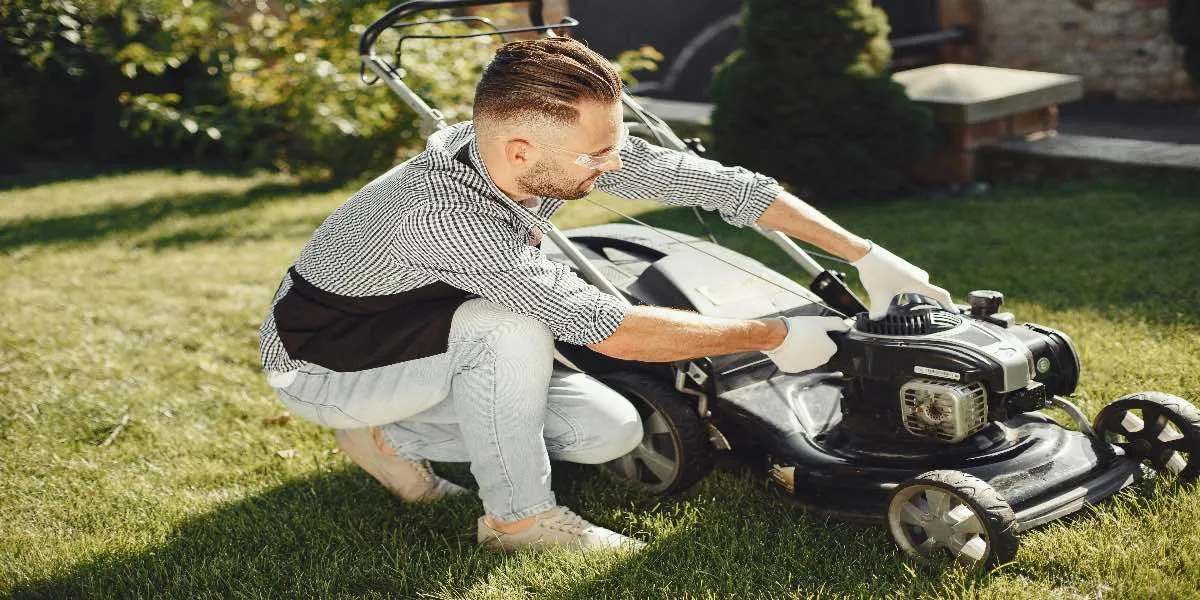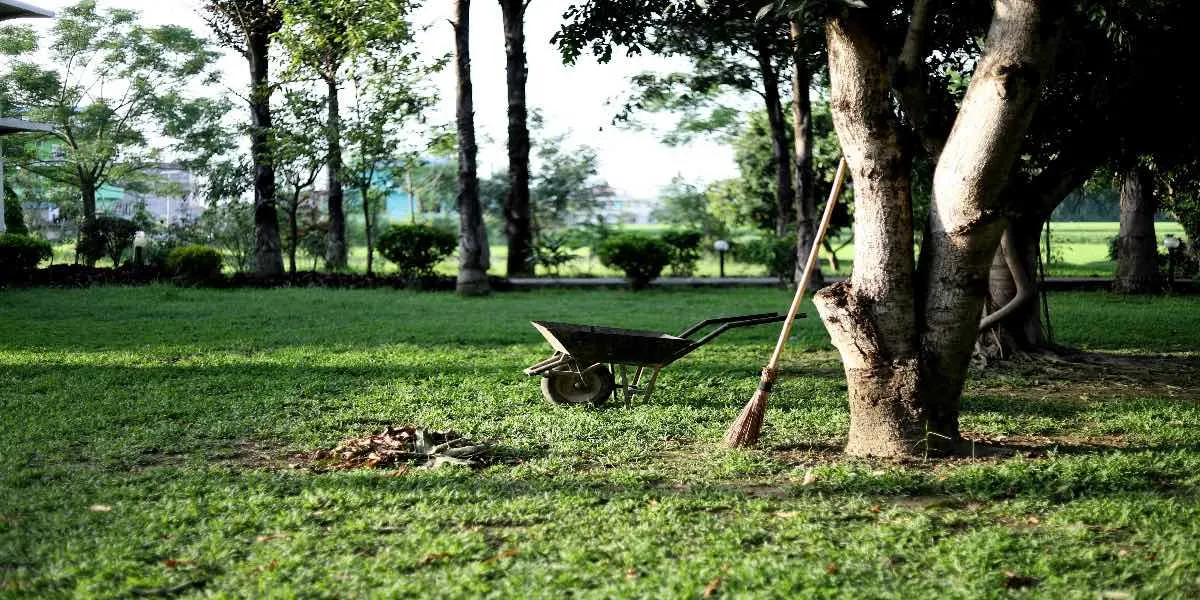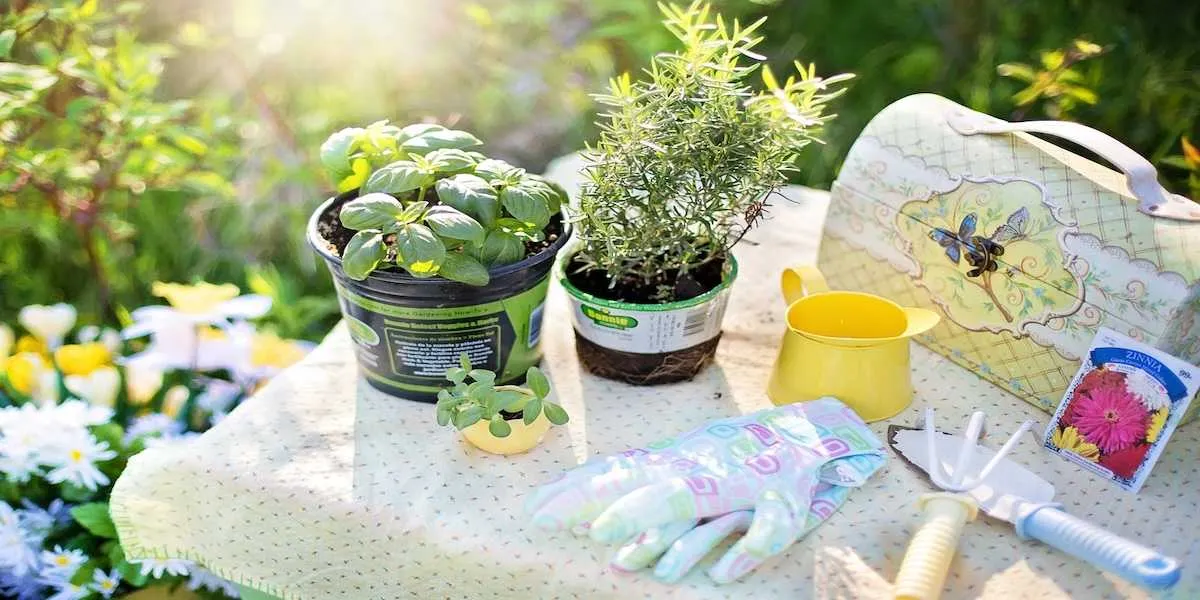Laying Mulch: How to Succesfully Mulch Your Garden and Other Tips
Tools Official on May 21, 2024
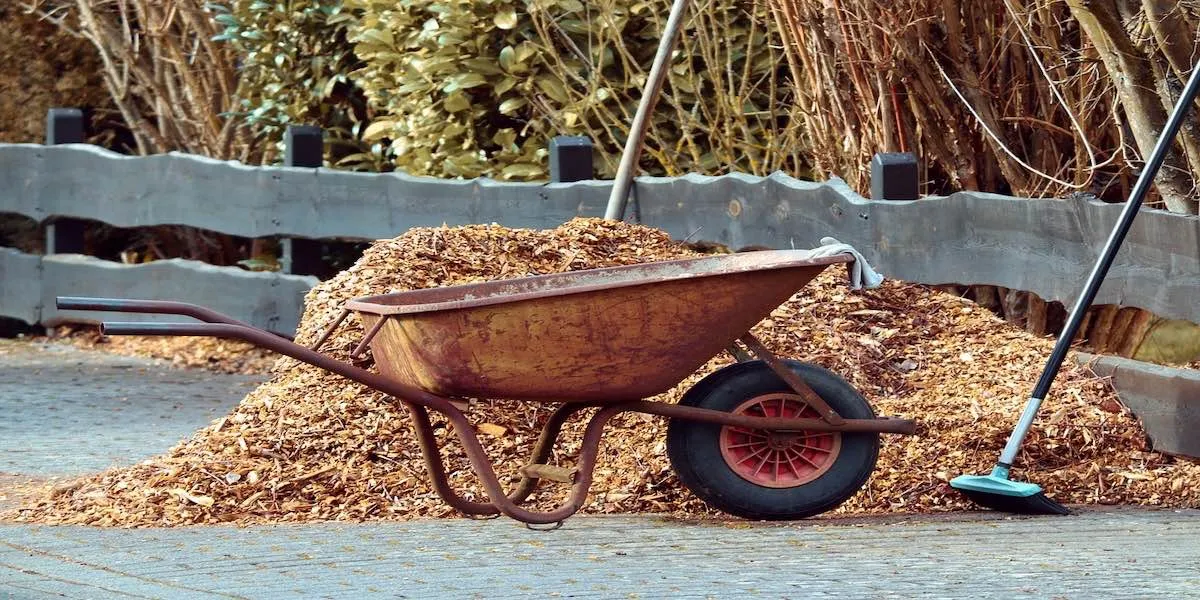
We earn affiliate commissions at no extra cost to you.
If you're an avid gardener or just starting out, you've probably heard the term "mulch" somewhere.
Well, it's an important gardening practice that not only offers numerous benefits to your plants and soil but also improves your garden's appearance.
Do you want to learn more?
Tools Offical will help you understand the ins and outs of mulching a yard, how to lay mulch, the benefits of mulch, and other information, so you can get started with your gardening journey.
What is a mulch?
Mulch is a layer of material spread on the surface of the soil. There are different types of mulch. It can be organic, such as straw mulch and bark mulch, or inorganic, like stones and rubber. By covering the soil, mulch protects plants against various elements. Mulch can also help retain moisture, regulate temperature, and improve the overall health of your garden.
Is mulch the same as compost?
While it may be easy to think that mulch and compost are the same, they serve different purposes and are in fact, very much different from each other.
Compost is made from decomposed organic matter. It's rich in nutrients and is used to improve soil structure by increasing its microbial activity and providing essential nutrients to plants. Compost is typically mixed into the soil to boost its fertility. Sometimes composts are also used as mulch, making the term interchangeable.
However, mulch, as previously said, is spread on top of the soil. It primarily serves as a protective layer. While organic mulches do break down over time and contribute to soil health, much like compost, its main function is to conserve moisture.
Simply put, compost nourishes the soil, while mulch protects it.
What are the benefits of mulching?
Mulching offers plenty of benefits that contribute to a lush garden. Here are some key reasons why mulching is an important part of gardening.
Conserves moisture.
Mulch helps retain moisture by reducing evaporation. This is particularly beneficial during hot, dry periods, ensuring plants have a consistent supply of water. Less frequent watering also means you save more time and resources.
Regulates temperature.
A layer of mulch not only prevents evaporation but also acts as an insulator. It keeps the soil cooler in the summer and warmer in the winter. This creates a more stable environment for plant roots, promoting a more resilient growth.
Suppress weed growth.
Mulch effectively suppresses weeds by blocking sunlight, preventing them from germinating. This reduces the need for chemical weed killers and the time and effort spent on weeding.
Prevents soil erosion.
Mulch helps prevent soil erosion by reducing water runoff on the soil surface. This is particularly important for areas prone to heavy rains or on slopes, where erosion can quickly degrade soil quality and structure.
Improves soil health.
As organic mulch breaks down, it adds organic matter to the soil, improving its structure and fertility. Over time, this can enhance soil aeration and microbial activity, creating a healthier growing environment for plants.
Boosts aesthetic appeal.
In addition to its practical benefits, mulch also adds a finished, well-maintained look to your garden. Mulch comes in different colors and can complement your garden design, which enhances the overall appearance of your landscape.
How much mulch do I need?
To avoid multiple trips to the garden center, you should know the amount of mulch to use in your garden. As a general rule, two to three inches of mulch is enough for most gardens and flower beds.
To calculate the amount follow this formula:
(square footage of the area) x (desired depth in inches) ÷ 324 = cubic yards of mulch you'll need
For example, if you're looking to apply a 3-inch layer of mulch on a 200-square-foot garden, here's how you'll calculate it.
(200 sq ft x 3 in) ÷ 324 = 1.85 cubic yards of mulch
You'll need to round up the calculation to the nearest whole number to know how many bags of mulch to use.
If you don't feel like manually computing, you can use a mulch calculator to determine how much mulch you will need.
Before you start your project, make sure you have enough mulch to cover your target area. Mulch bags are readily available in local garden centersand even home depots.
How do you mulch your garden?
Laying down mulch in your garden is straightforward, but it's important to know how to do it properly to ensure you're reaping its benefits. Whether you're a seasoned gardener or just starting out, following these steps will help ensure your gardens stay lush and well-maintained.

Tools You’ll Need
- Shovel
- Pitchfork
- Wheelbarrow
- Gloves
- Rake
- Mulch
Steps
1. Clear out your beds.
Once you've bought the right amount of mulch, it's time to start clearing out the garden area. Remove any weeds, old mulch, or debris from your garden to create a clean slate. This will help the new mulch cover a larger surface area of your soil. Remember, keep the mulched area clear of weeds.
2. Edge the area where you’ll mulch.
Edging your targeted spot also helps keep the mulch contained and prevents it from spilling into unwanted areas of your lawn. You can use a spade or an edging tool to create a defined border around your garden beds.
3. Water the soil thoroughly.
Watering the soil before applying the mulch locks in moisture, which is beneficial for your plants. Make sure the soil is damp but not waterlogged.
4. Cover the ground with your mulch.
Using your wheelbarrow, transport the mulch to your garden and start spreading the mulch on top of your soil with your pitchfork. Aim for an even layer about 2-3 inches thick. Avoid making a mountain of mulch or piling mulch directly against the stems or trunks of plants.
5. Level the surface.
Once you've spread the mulch in your target area, use a rake to level the surface. Make sure all spots are covered with mulch. You don't want bumps or volcanoes forming around your plants. If the mulch is too thick, it can suffocate your plants. Leveling the mulch not only improves the appearance of your garden but also ensures an even coverage for better water infiltration.
What are the different types of mulch?
There are two main types of mulch: organic and inorganic. Each kind of mulch has its own set of benefits and best-use scenarios. Understanding these can help you make an informed decision on which type of mulch to use for your garden's specific needs.
Organic Mulch Material
Organic mulches are derived from natural sources and decompose over time, enriching the soil with nutrients.
1. Grass clippings
Grass clippings are excellent, readily available mulch. They are cost-effective and great for retaining moisture and providing nitrogen to the soil. When using clippings, make sure they are dry to prevent them from matting down and creating a barrier that water can't penetrate.
2. Wood chips
Wood chips are a versatile and long-lasting mulch option. They help moderate soil temperature, retain moisture, and improve soil structure as they decompose. Wood mulch is particularly effective in perennial beds and around trees and shrubs.
3. Straw
Straw is a lightweight mulch that's excellent for vegetable gardens. It helps keep fruits and vegetables clean, reduces soil erosion, and adds organic matter to the soil. Be sure to use straw, not hay. Though they may look similar, hay contains seeds that can sprout into weeds.
Inorganic mulch material
Inorganic mulches do not decompose and thus do not add nutrients to the soil. They are however effective at weed control and enhance the visual appeal of your garden.
1. Stone
Stone mulch, including gravel and river rocks, is durable and attractive. These types of mulch choices provide excellent weed control while helping with drainage. Stone mulch is best suited for areas where plants do not require frequent change, such as around trees and shrubs.
2. Landscape fabric
Landscape fabric is a type of plastic mulch, a synthetic material that blocks weeds while allowing water and air to reach the soil. It is often used under other types of mulch to enhance weed suppression.
3. Rubber nuggets
Rubber mulch is made from recycled tires and is an eco-friendly, long-lasting option for gardeners. It's particularly effective in playgrounds and landscape applications where durability and cushioning are important. Rubber mulch is a good insulator and doesn't decompose.
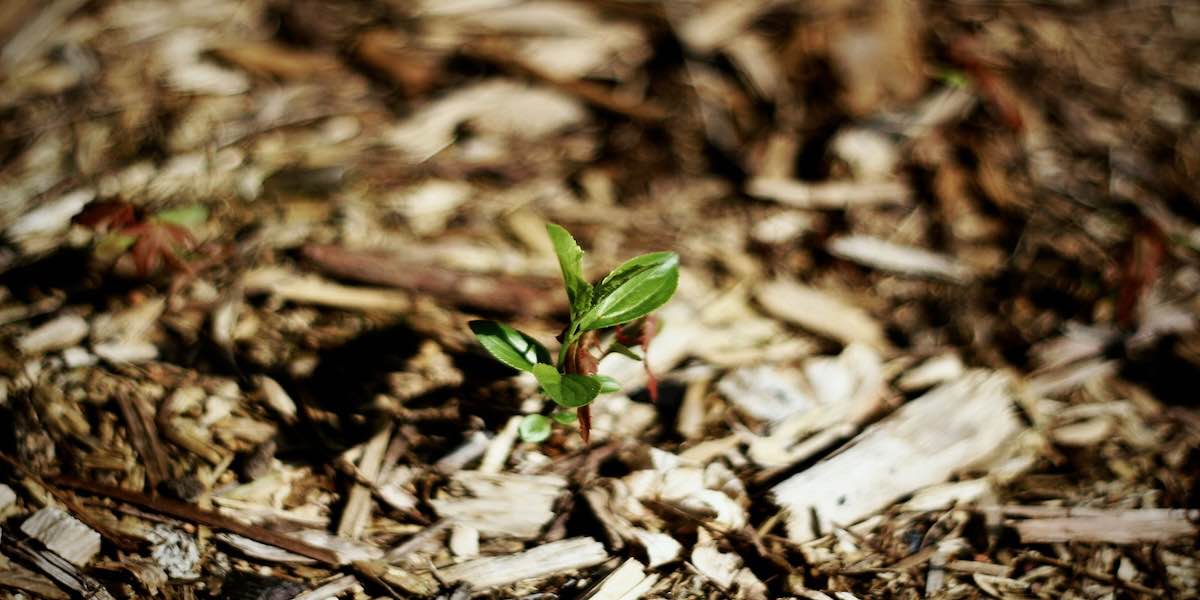
Tips when applying mulch
1. Don't put too much mulch on the base of your plants.
One mistake beginners make when mulching is piling mulch directly against the stems or trunks of plants. This can lead to moisture retention around the base, promoting rot and diseases. Mulch around the base, leaving at least a 3-inch gap between the mulch and plant to ensure proper airflow and prevent the aforementioned issues. You should also avoid piling mulch near buildings. Keep mulch 6 to 12 inches away.
2. Use mulch that's lighter for your vegetable garden.
Not all mulch is created equal. For vegetable gardens, consider using lighter mulches like straw or shredded leaves. These materials break down more quickly, enriching the soil with organic matter and making it easier to till and plant as needed. Heavier mulches like wood chips can be too dense and may impede the growth of tender vegetable plants.
3. Wait for seeds to sprout before applying the right mulch.
Applying mulch too early on a fresh garden bed can smother young seedlings and prevent them from breaking through the soil. Wait until your seeds have sprouted and established themselves before adding mulch. This allows your plants to have the space they need to grow.
4. Remove some of the old much if you’re re-mulching your garden bed.
Over time, mulch decomposes and adds nutrients to the soil. However, too much old mulch can create a dense layer that suffocates plant roots and prevents water from reaching the soil. When re-mulching, remove some of the old mulch before adding fresh mulch. Spread mulch evenly to help maintain the right balance and promote healthy plant growth.
5. Consider placing newspaper underneath your mulch.
If weeds are a persistent problem in your garden, place a layer of newspaper underneath your mulch to create a barrier. The newspaper will block the sunlight and prevent weeds from germinating. It will also decompose over time. Just make sure to use non-glossy paper to avoid unwanted chemicals from leaching into your soil.
6. Know which mulch is toxic to your pets.
Some mulches, like cocoa bean mulch, can be toxic to pets if ingested. If you have pets, opt for pet-safe mulch options such as cedar or straw. Always read labels and choose products that are specifically labeled as safe for animals.
7. Don’t mulch too often.
While mulching may be beneficial, more isn't always better. Over-mulching can lead to fungal growth, root rot, and nutrient imbalances in the soil. Aim to mulch once or twice a year, typically in the spring and fall. This helps maintain soil health without overwhelming your garden.
When is the best time to mulch lawns?
Mulching is typically done in the spring and fall. Mulch in the spring to help the soil retain moisture as temperatures rise and suppress the growth of spring weeds. Mulch in the fall to provide protection against winter frost, retain soil warmth, and add organic matter as it decomposes over the winter months. Fine mulch or shredded mulch will need to be refreshed more often compared to heavier or coarse mulch like bark and wood chips.
Wrapping Up
As you start your gardening journey, we hope our article helped you understand mulching a little better.
Remember to follow the tips and steps written in this guide when you mulch your yard. When done right, mulching will help turn your garden into an oasis.
You can also use a mulching lawnmower to make your job easier. We're sure that in no time, you'll create a thriving garden environment that supports robust plant growth all year round.
That's it for today. Happy mulching!

